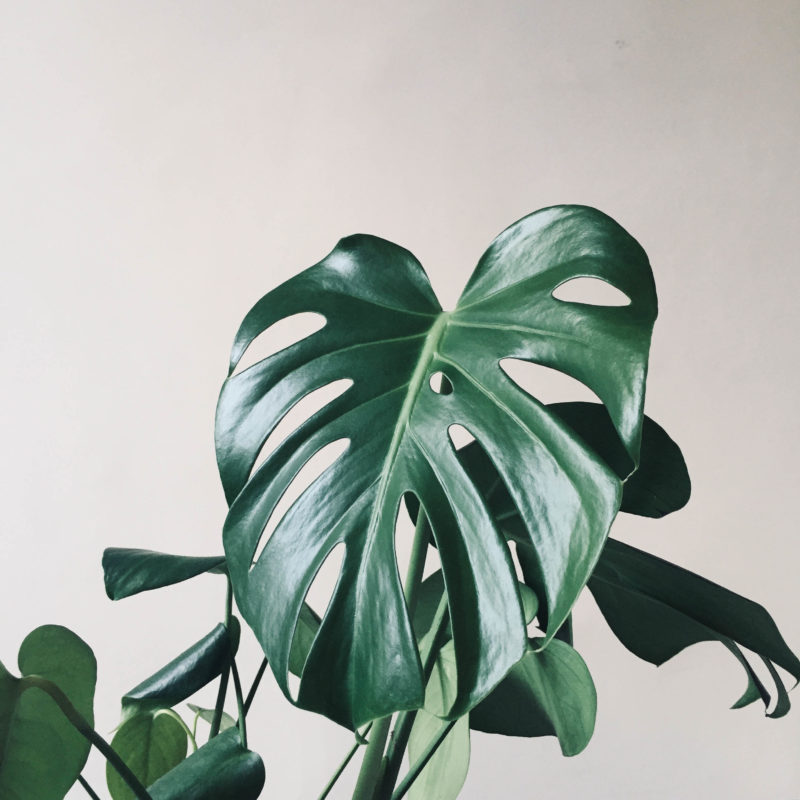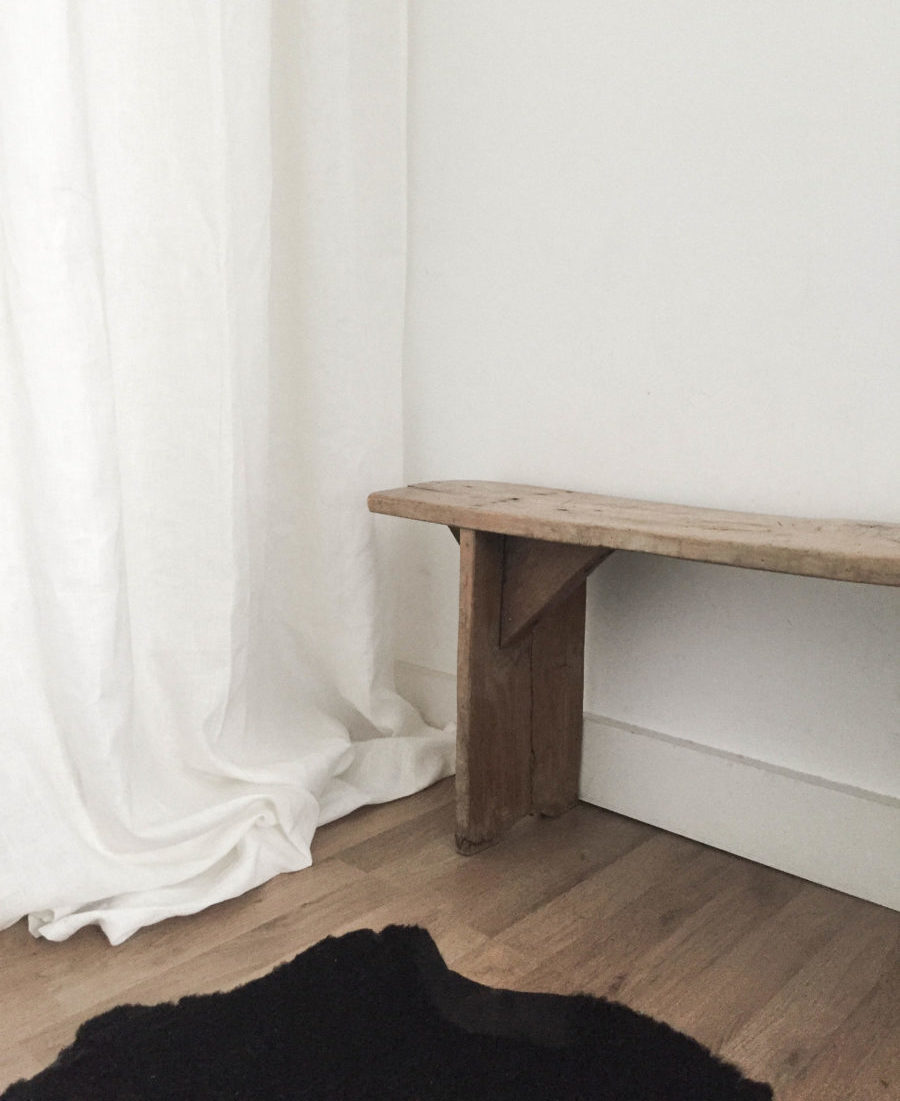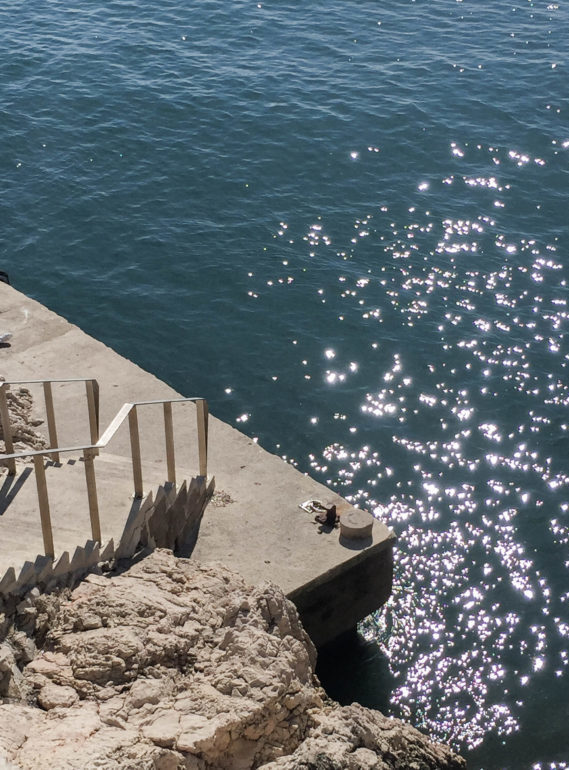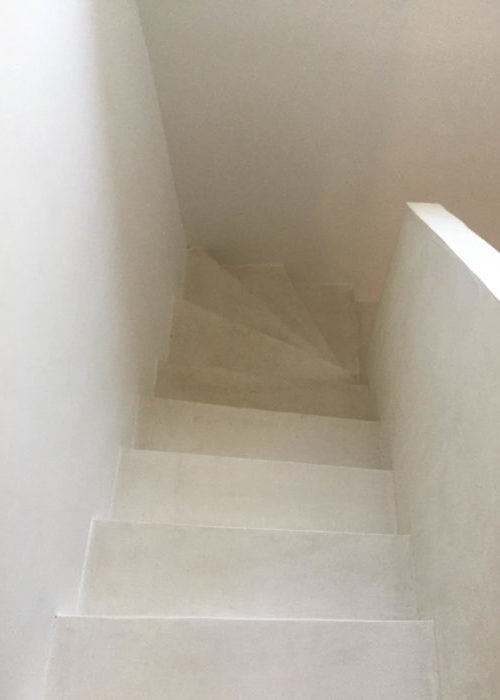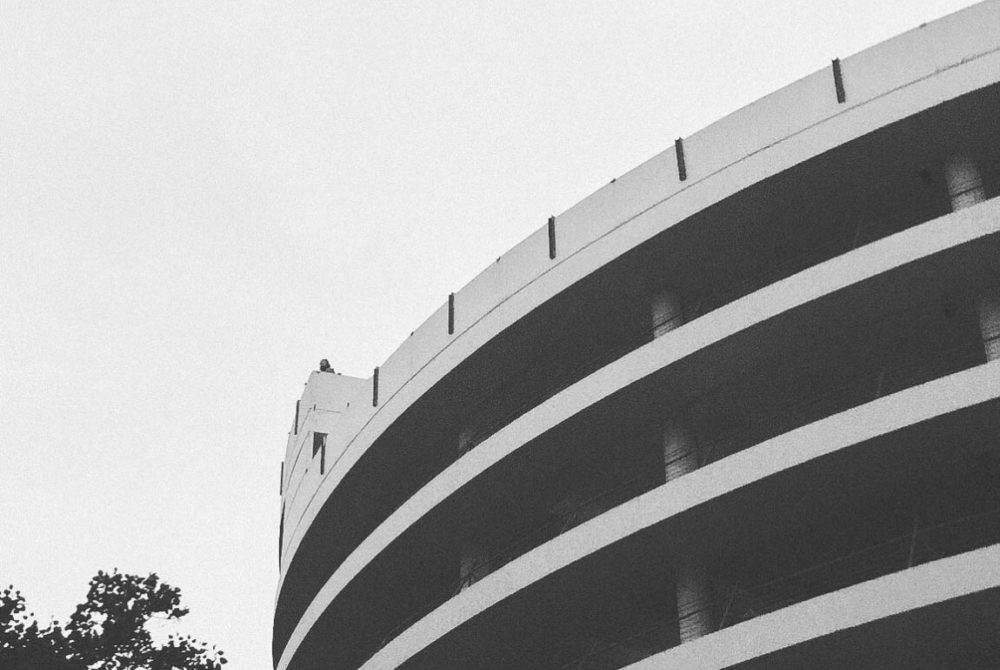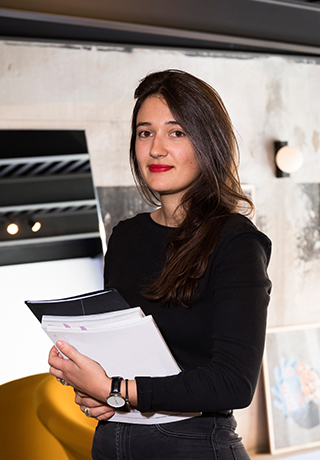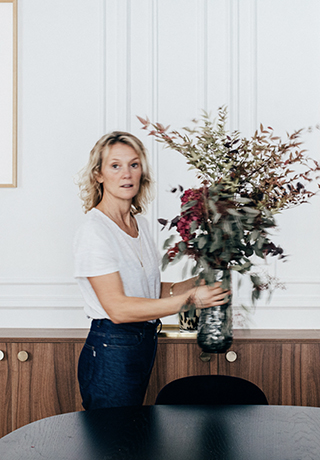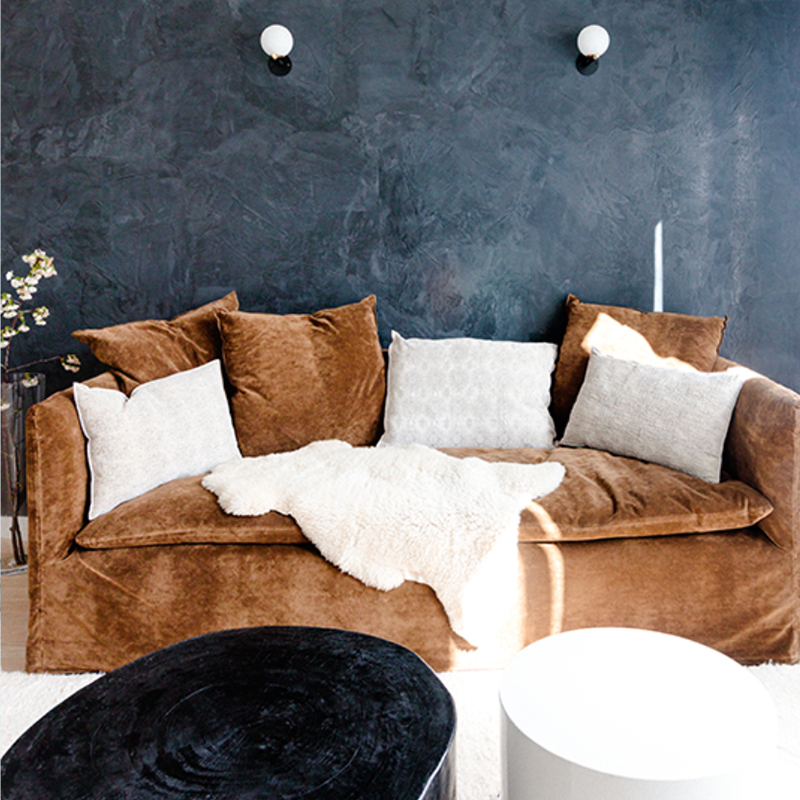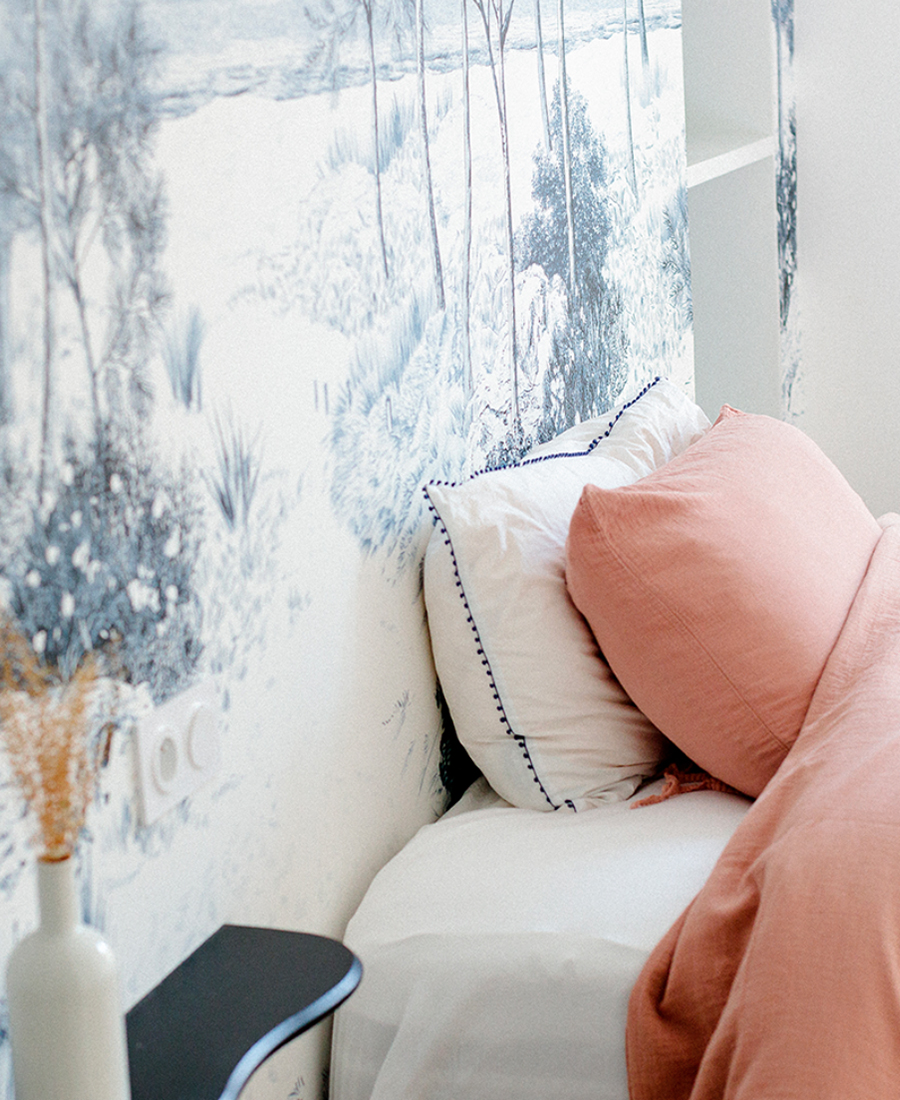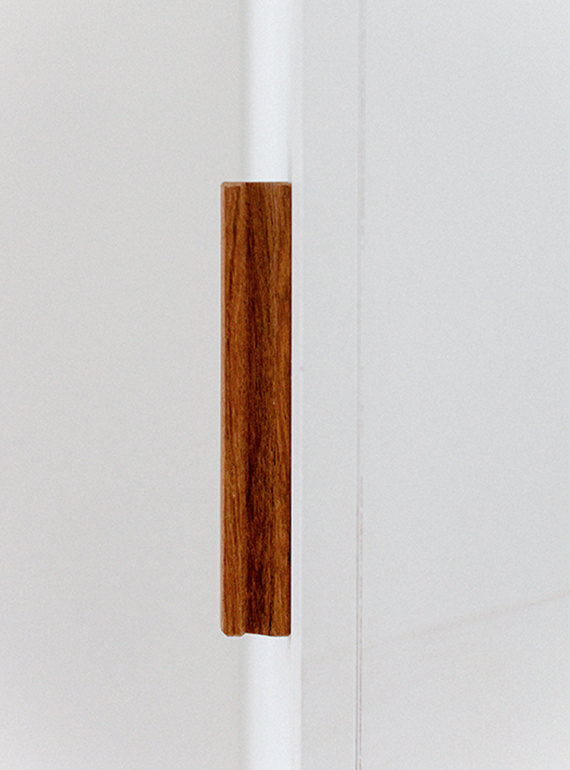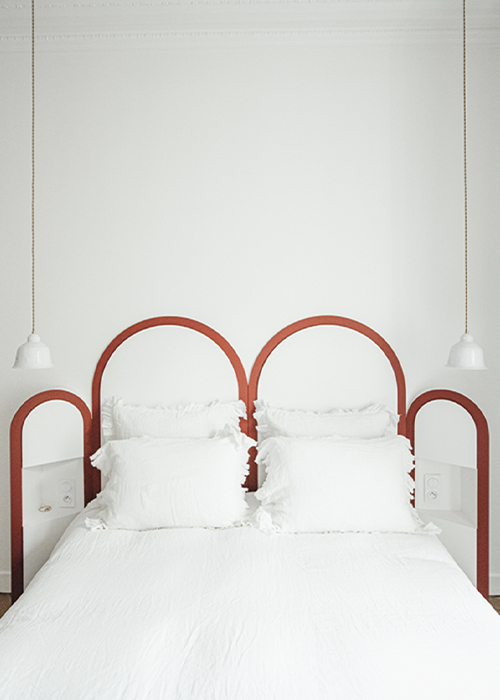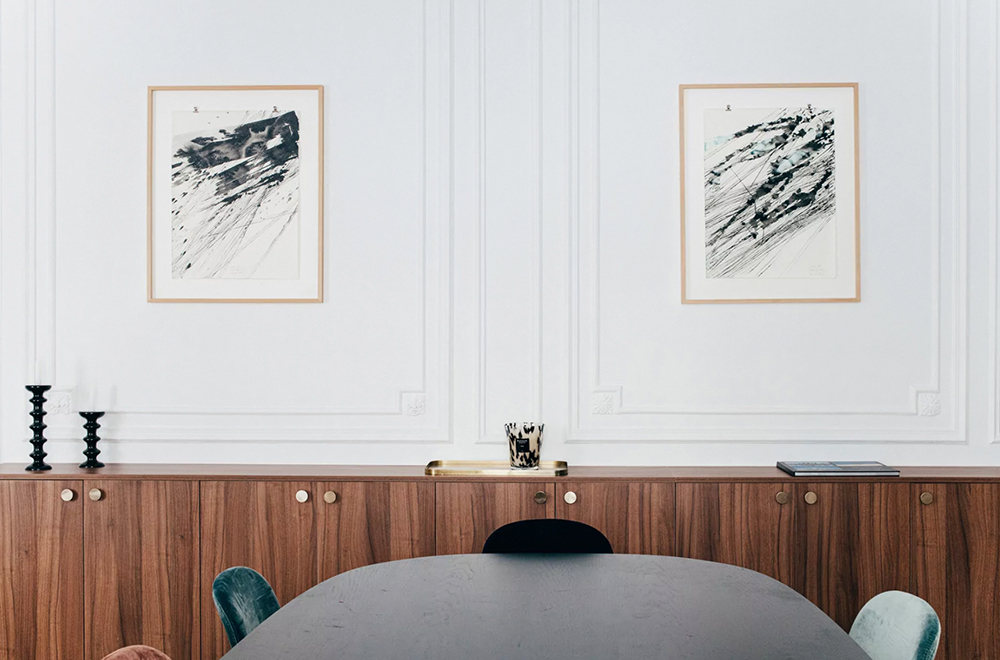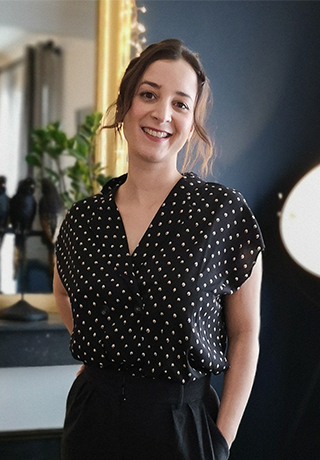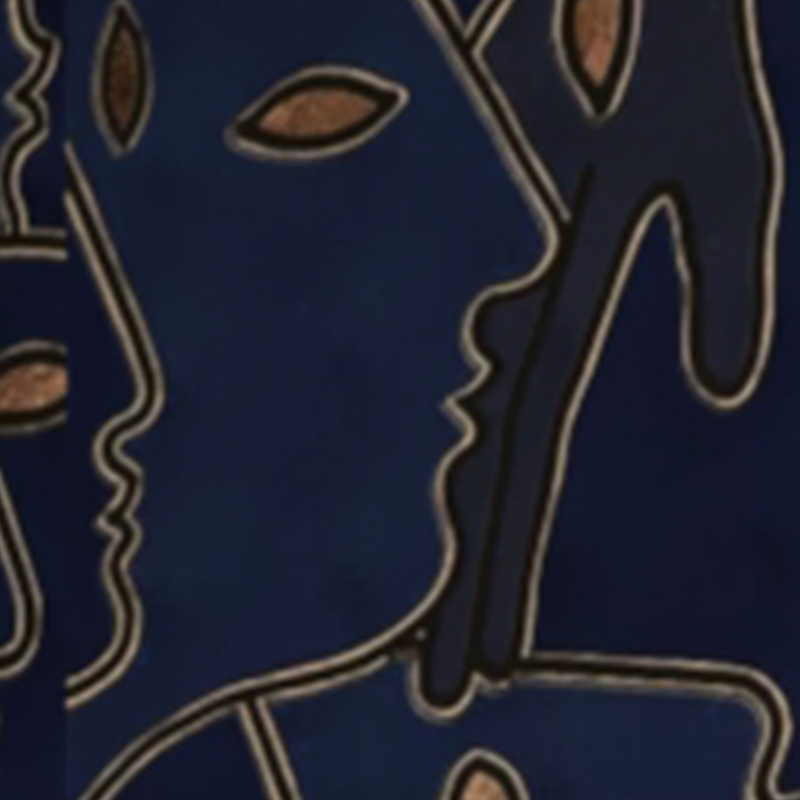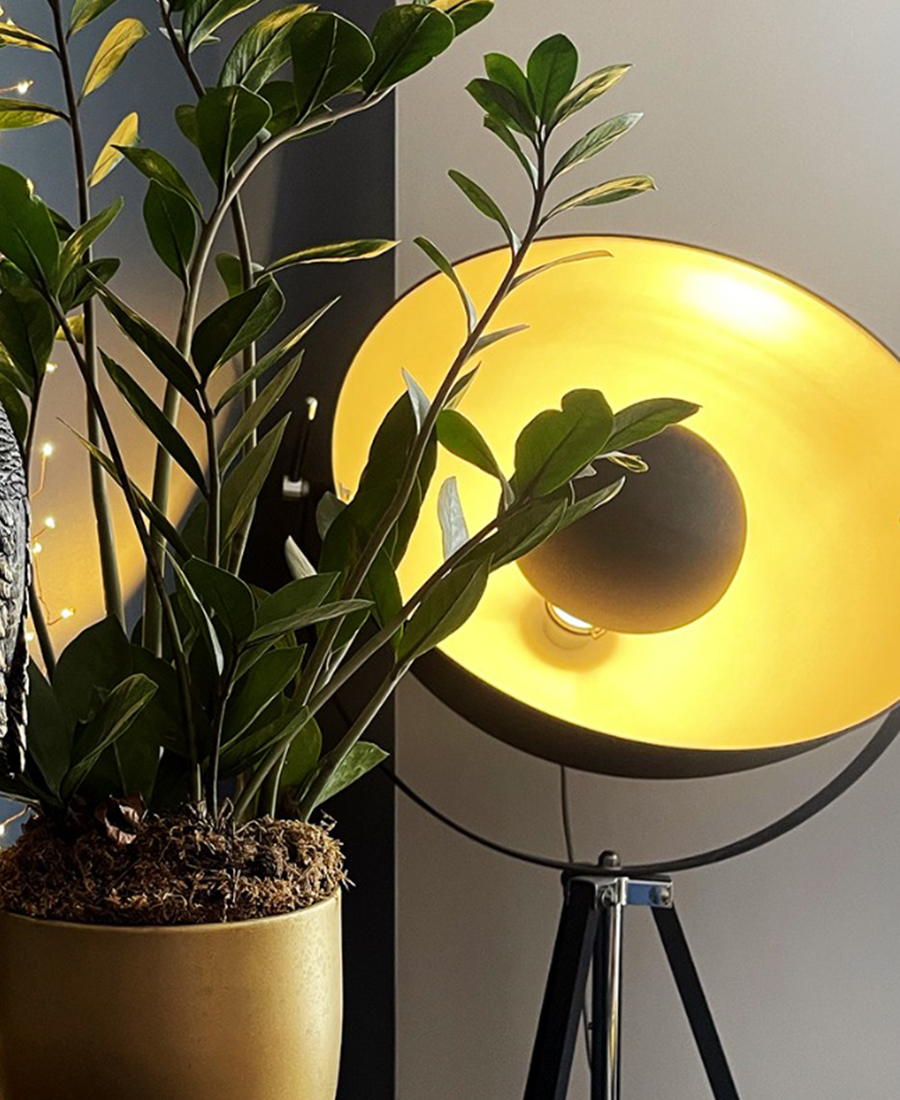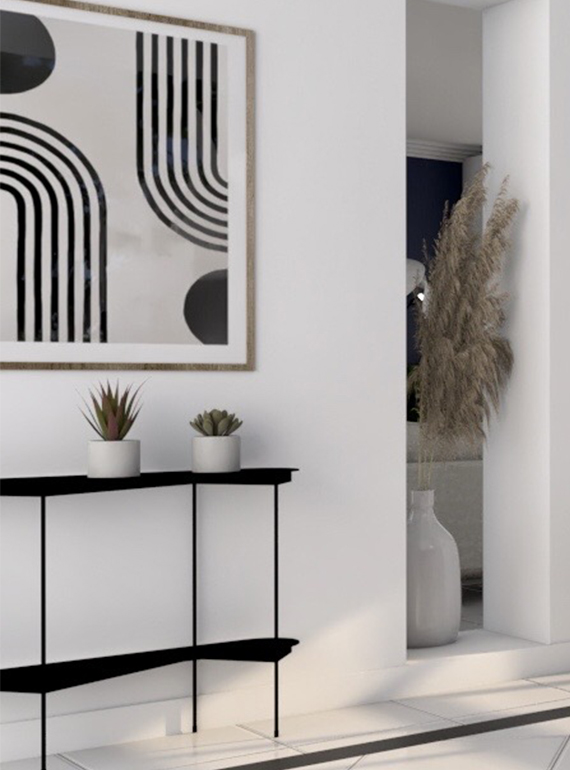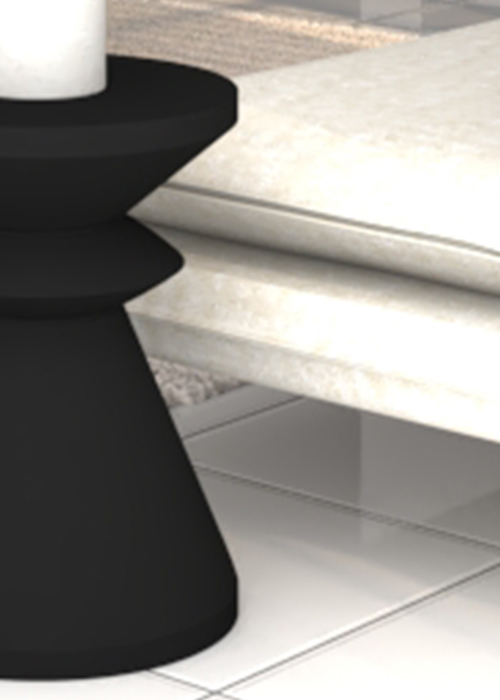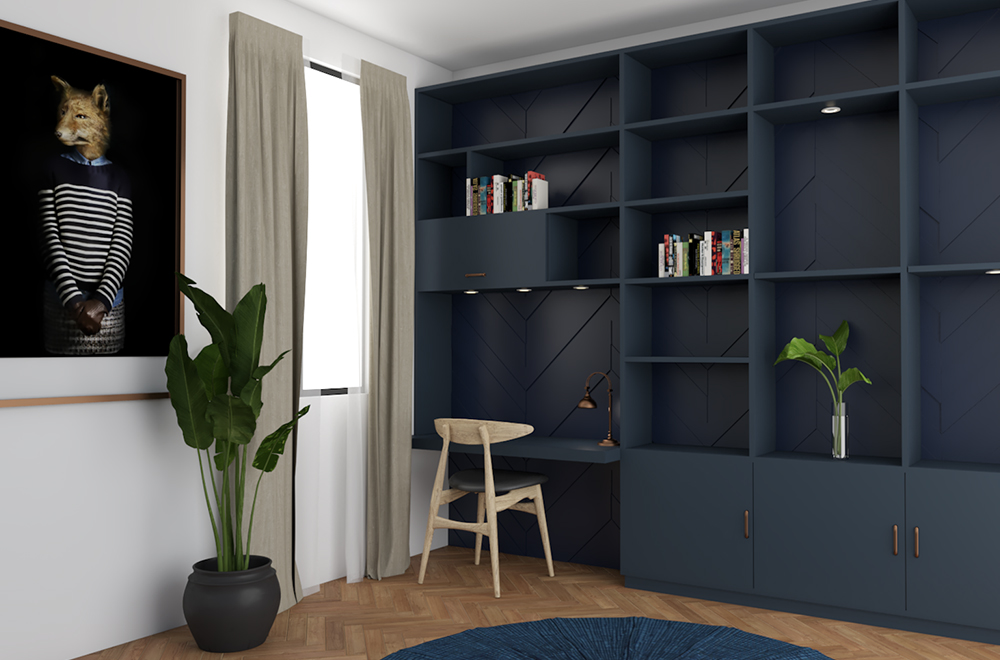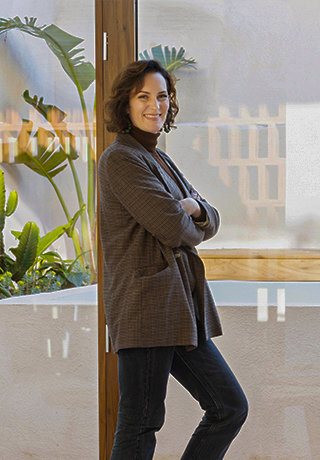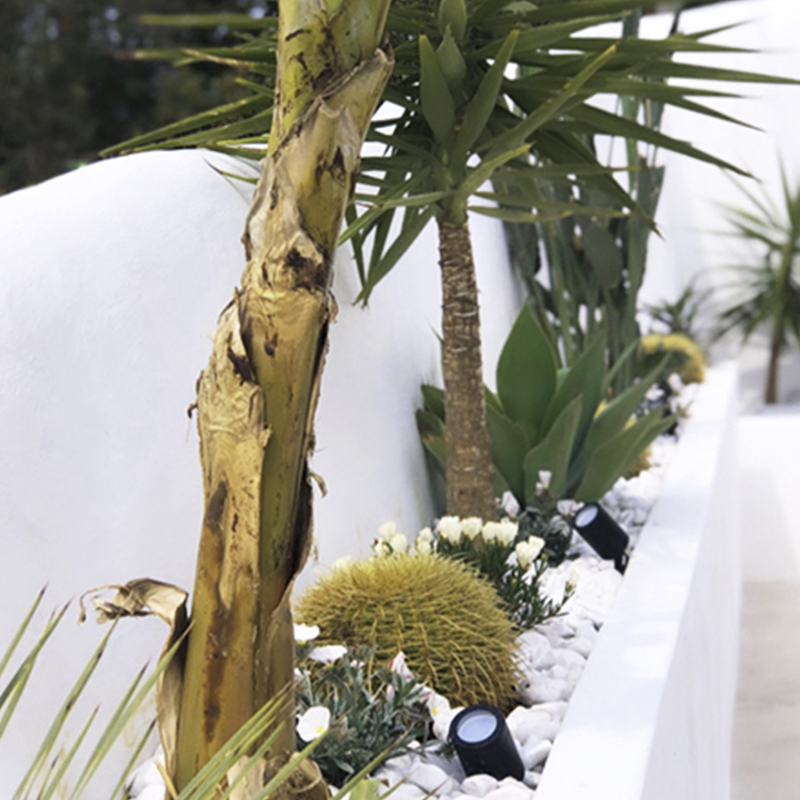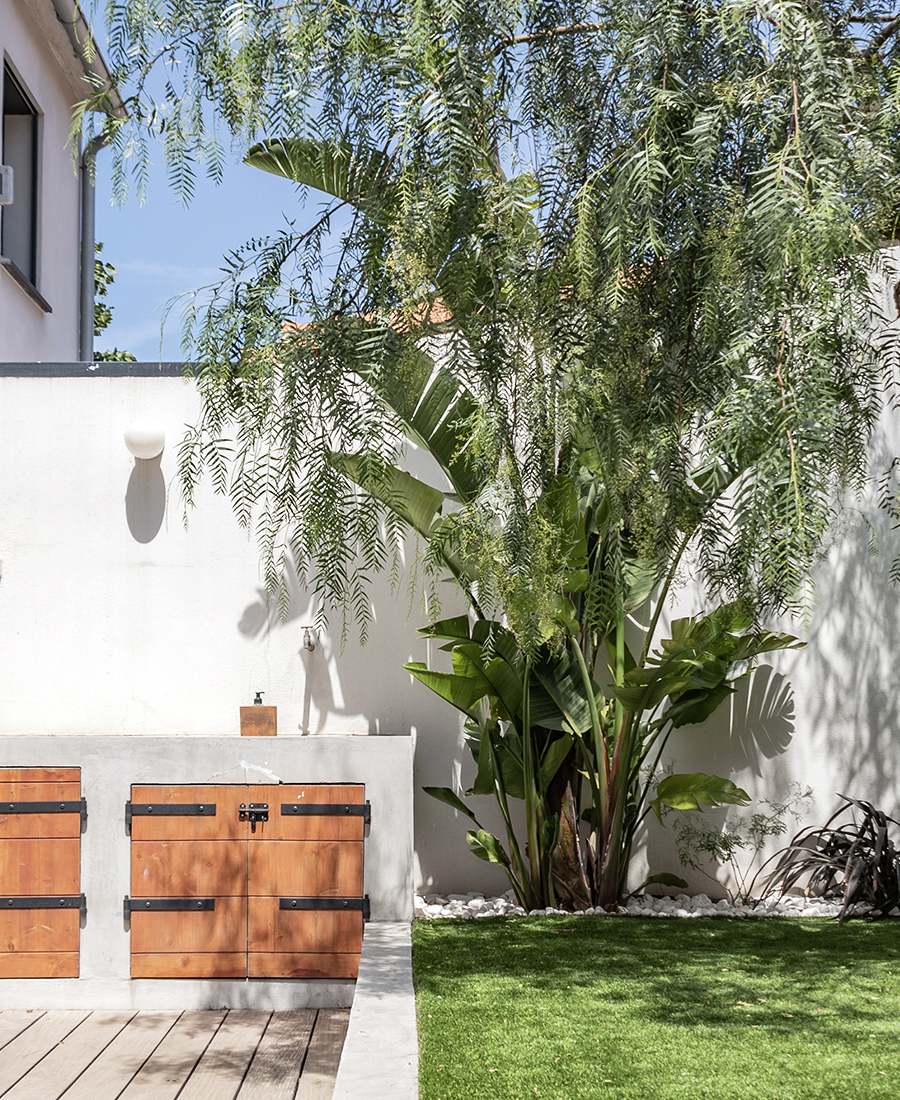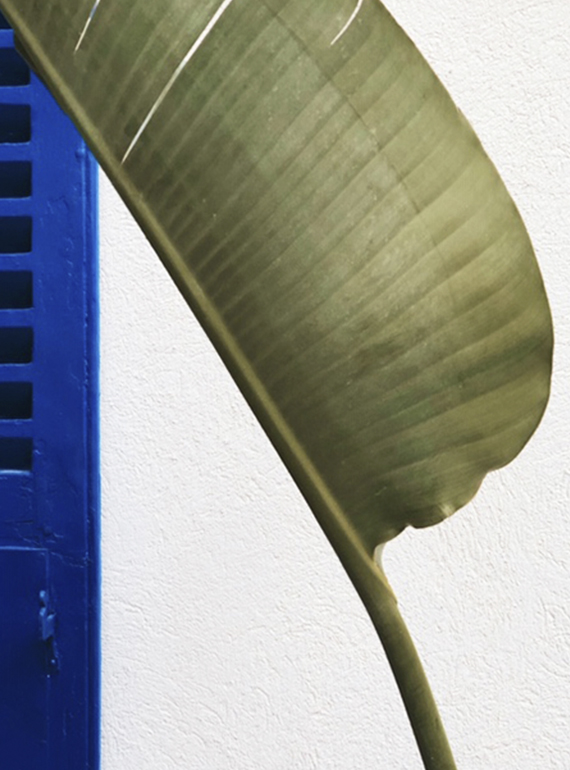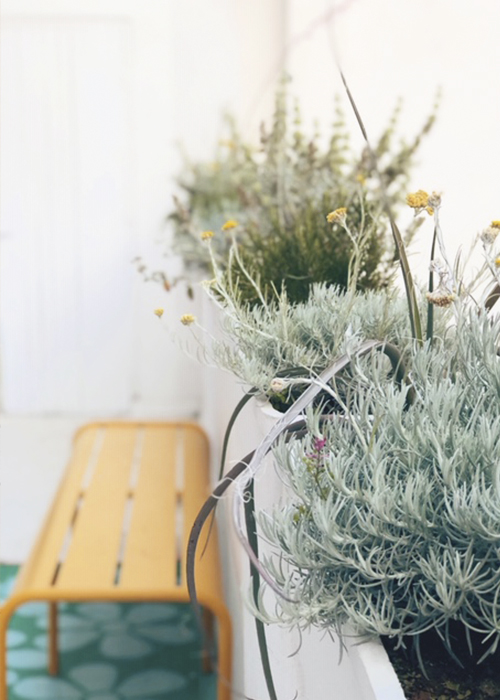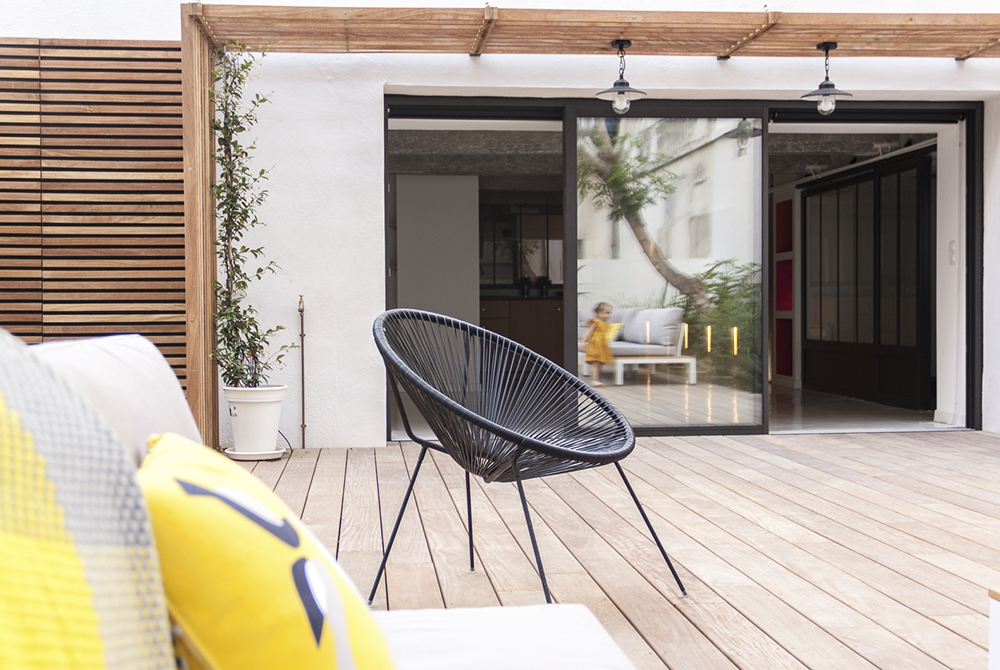Since her end-of-study internship in Communication and Marketing at Maison ARCHIK in Toulouse, Marie has not left the adventure: for almost a year, she has been roaming the pink city as a negotiator, before joining Marseille in April 2018, as Sales Administration Manager. A valuable support provided daily to the teams in the three cities.
Right from the start, Maison ARCHIK seduced her for its innovative and meaningful concept… “It’s beautiful, simple and different. Crossing disciplines, highlighting the essence of a place, and perfecting the habitat are values that drive me, which is why I found myself in many codes…”. The work environment corresponds to her personality, which is oriented towards art, design, architecture and aesthetics. It is therefore natural that she immerses herself in this world of global thinking around the habitat.
What does she like about the city? Walking in the street, being attentive to buildings, trying to distinguish flats, inner courtyards, and finding unusual architecture or places. It’s a way for Marie to appreciate the atmosphere of cities, their different neighbourhoods, whether they have the charm of the old like the Carmes and Esquirol in Toulouse, whether they are cosmopolitan like the Vieux Port or Noailles in Marseille, or more historical like the Opéra or Marais districts in Paris. Different neighbourhoods, but lively, each in their own way.
